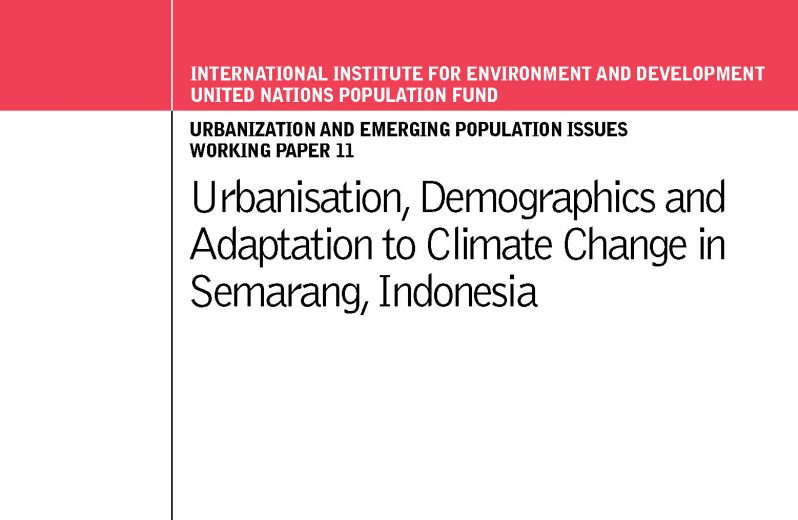As the impacts of climate change become more pronounced, there is a pressing need for a comprehensive, well-informed response that enhances adaptive capacity among vulnerable communities. In many parts of the world, efforts to address the impacts of climate change have focused on national-level policies and have been based on meeting the needs of particular sectors. Using the city of Semarang, Indonesia as a case study, we argue for the necessity of a more localized response that takes into account the ways in which exposure to climate hazards overlap with the social and demographic factors that influence vulnerability.
The spatial framework we develop here allows for the identification of communities within the city that are both at high risk for exposure to climate hazards and have high levels of vulnerability based certain social and demographic factors. These are the areas that are most likely to be dramatically impacted by climate change and would benefit most from efforts to foster adaptive capacity. Within these communities we also examine the specific factors that influence vulnerability, thereby providing information for targeting adaptation efforts to local needs. In the final section of this paper, we provide an overview of how national and local stakeholders might best address the vulnerabilities we have identified through this spatial analysis.
This research highlights the fact that within Semarang, risk of exposure to climate hazards and various types of vulnerability overlap in multiple combinations. Therefore, fostering adaptive capacity requires a flexible approach that considers the specific challenges faced by each community.

